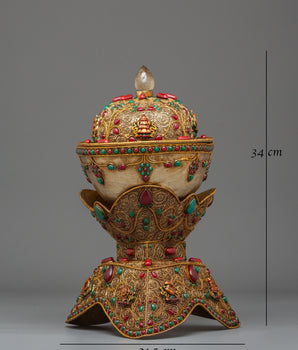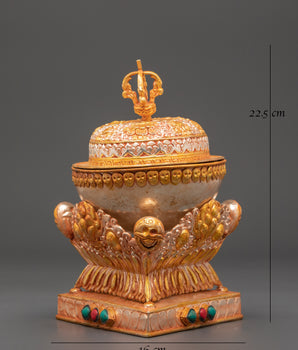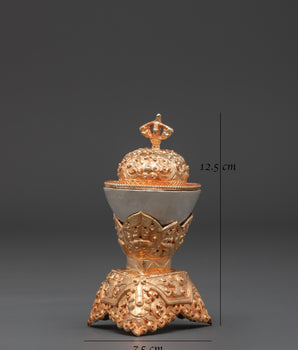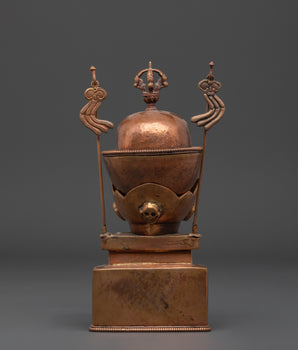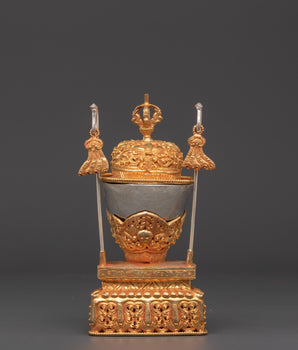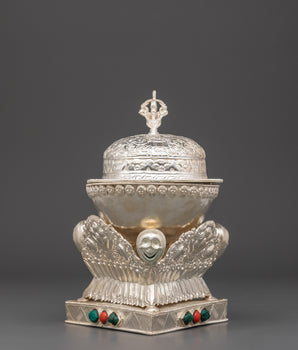Tibetan Kapala Set for Sale
Discover our Tibetan Kapala Set for Sale, featuring exquisitely handcrafted ritual skull cup sets made by skilled artisans in Nepal using traditional techniques. Each Kapala Set is a purely handmade sacred object, designed for Buddhist rituals, tantric practices, and meditation ceremonies. These sets are treasured both as spiritual tools and collectors’ artefacts, combining artistry, symbolism, and devotion. Available in a variety of materials and finishes, every piece reflects the mastery and dedication of Nepalese craftsmen. All orders ship free worldwide, securely and insured.
The Significance of Tibetan Kapala Sets
The Tibetan Kapala, or ritual skull cup, is a sacred vessel used in tantric practices to offer nectar, wine, or symbolic substances to deities. It represents impermanence, transformation, and wisdom, reminding practitioners of the transient nature of life and the path to enlightenment. Owning a Tibetan Kapala Set encourages spiritual discipline, mindfulness, and devotion.
Why Choose Our Tibetan Kapala Set for Sale?
-
Purely Handmade – Crafted by skilled Nepalese artisans
-
Authentic Ritual Artefacts – Ideal for tantric rituals, meditation, and collectors
-
Exceptional Craftsmanship – Intricate detailing and sacred symbolism on every set
-
Wide Collection Available – Multiple sizes, designs, and finishes to suit your needs
-
Perfect Gift & Spiritual Tool – Unique, meaningful, and deeply symbolic
-
Free Worldwide Shipping – Safe, insured delivery from Nepal
Ideal Uses of Tibetan Kapala Sets
-
Ritual Practice – Essential for tantric offerings and meditation ceremonies
-
Altar or Temple Use – Adds sacred authenticity and spiritual significance
-
Collector’s Pride – Highly valued as traditional Nepalese artefacts
-
Home Spirituality – Serves as a reminder of impermanence, mindfulness, and devotion
Your cart is currently empty.
Start Shopping



















